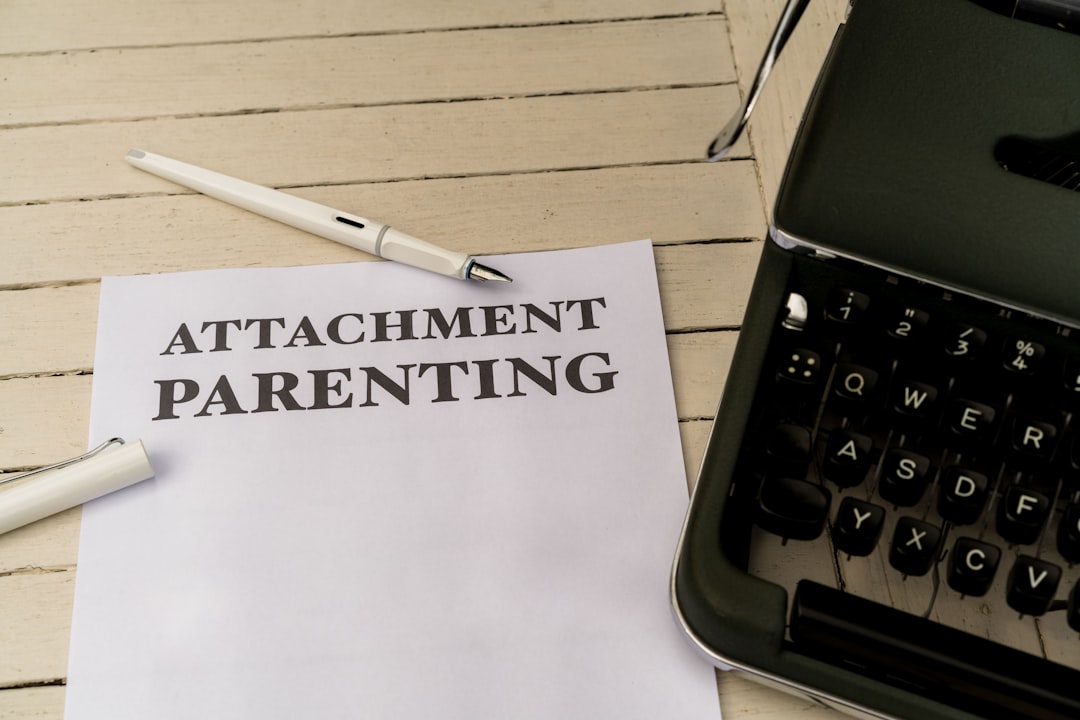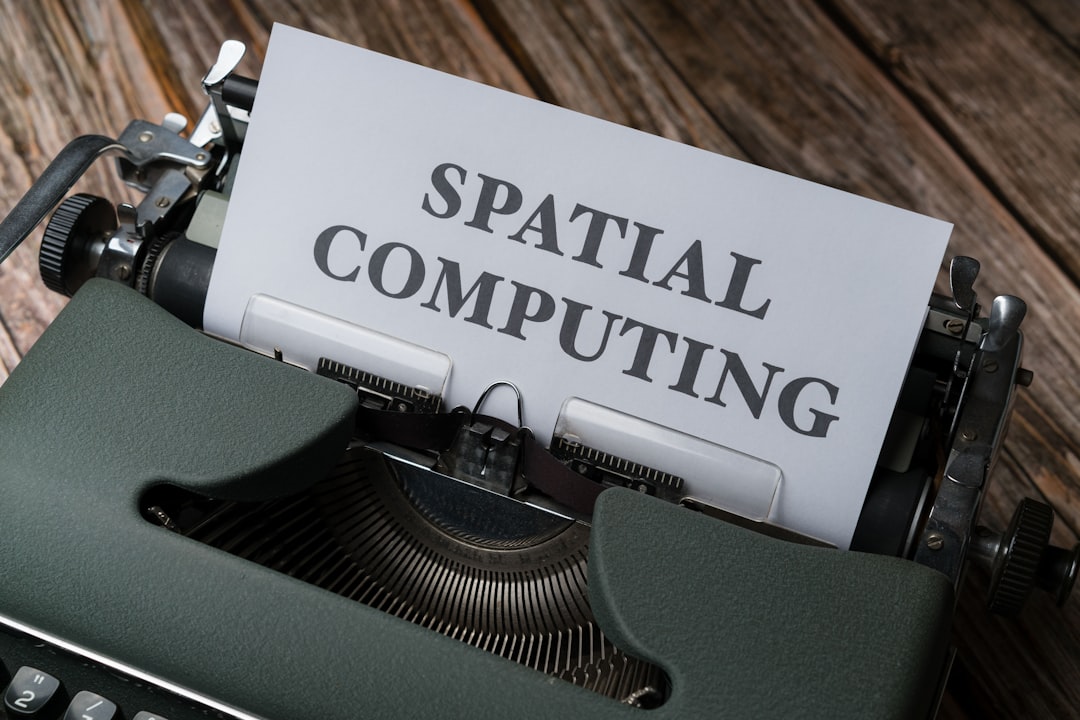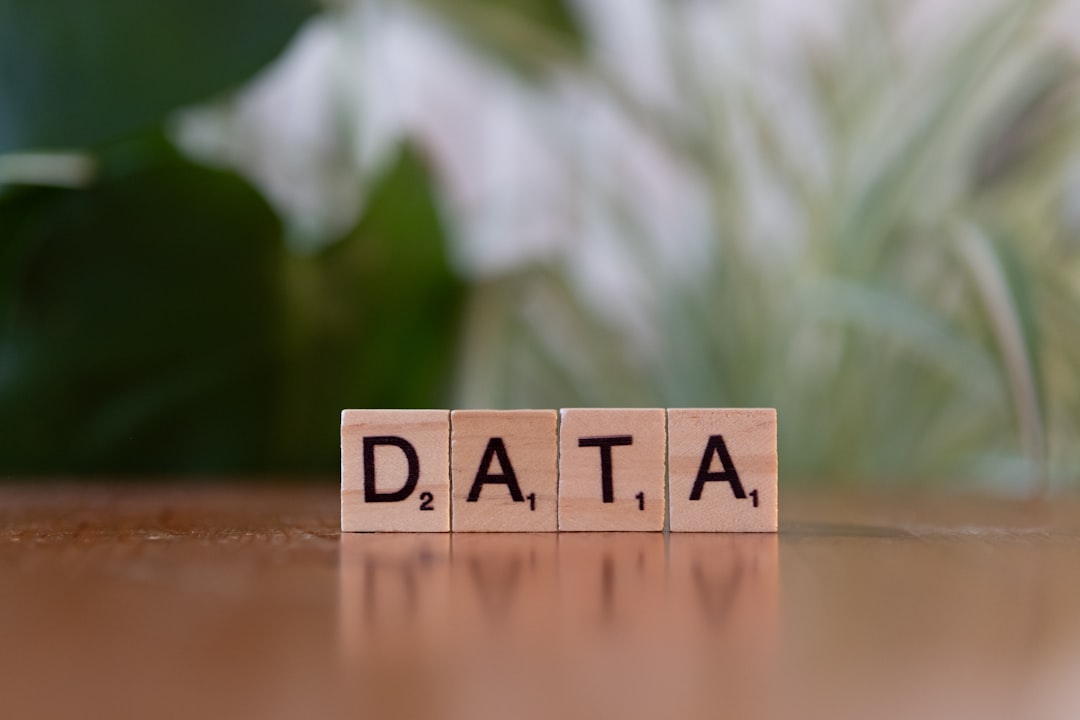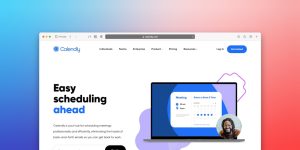
Switching to a new payroll software can feel like moving to a new house. It’s exciting, but it can also be stressful. You don’t want to forget your favorite coffee mug—or in this case, your employee data! But don’t worry, with the right steps, your data migration can be smooth and even… fun?
Here’s a look at the best practices for migrating data when switching to a new payroll system. Let’s make it easy, breezy, and painless!
1. Start with a Plan
Before you do anything, you need a plan. Think of it like packing before a trip. Don’t just toss things in randomly!
Create a data migration checklist. This should include:
- Which data needs to move
- Who’s responsible for what
- Important dates and deadlines
- Any legal or compliance needs
It’s also smart to involve key players—HR, finance, and IT. Everyone brings something to the table.
2. Clean Before You Pack
Don’t bring old junk into your new system. Take this chance to tidy up your data. This means:
- Removing duplicates
- Correcting errors
- Filling in missing details
- Deleting inactive employees
Think of it as spring cleaning for your payroll records.

3. Back It All Up
Accidents happen. Before moving anything, back up all your data. Store it securely. That way, if something goes wrong, you can always go back to your safe copy.
This step is often skipped. But trust us—it matters!
4. Test the Waters
Before diving in, dip your toe in the pool. Try a small test migration first. Choose a sample of data and see how it transfers to the new system.
This helps you catch any errors early—before they turn into big problems.
5. Map Your Data
Old systems and new systems often speak different languages. Mapping tells your new software where each piece of data belongs.
For instance, “Employee ID” in one system might be called “Worker Number” in another. Data mapping helps them understand each other.

6. Work With Your Vendor
Your new software provider is here to help! Use their resources. They’ve done this a hundred times before.
Many vendors offer:
- Step-by-step guides
- Migrating tools
- Dedicated support teams
Don’t be afraid to ask questions. They want your transition to succeed just as much as you do.
7. Train Your Team
Even the best software won’t help if no one knows how to use it. Make sure key team members are trained on the new system.
Set up short training sessions. Share helpful guides or videos. And always offer a way for team members to ask for help.
8. Double-Check Everything
Once the migration is done, check that data was moved correctly. Look out for:
- Missing employee records
- Incorrect tax data
- Wrong salary figures
Run parallel payrolls for one or two cycles. This means processing payroll in both old and new systems and comparing the results.
9. Keep Compliance in Mind
Payroll is full of personal and financial data. That means it must be secure and protected.
Make sure your new system follows laws like:
- GDPR (if you’re in the EU)
- HIPAA (for health-related data)
- U.S. wage and hour regulations
Your IT team or software vendor can guide you here.
10. Celebrate!
You did it! Your payroll data has made the move safely.
Take a moment to celebrate this big accomplishment. Maybe bring breakfast for the team. Or just enjoy that sweet peace of mind.

Final Thoughts
Data migration doesn’t have to be scary. With a little planning and teamwork, it can be a smooth adventure. Keep your data clean, stay organized, and rely on your software experts.
Upgraded payroll, here you come!






